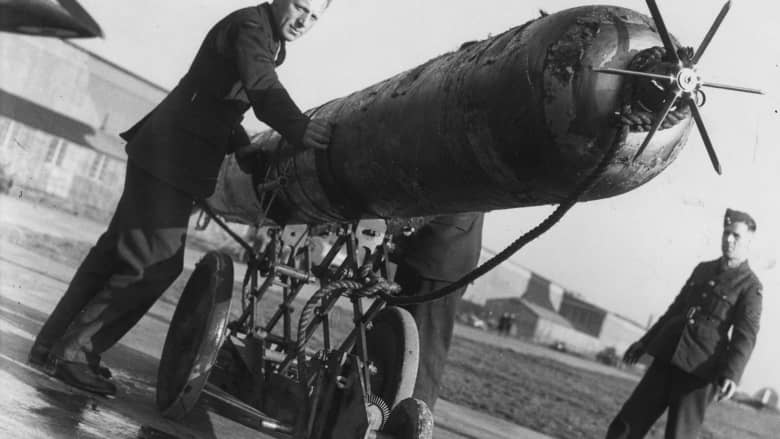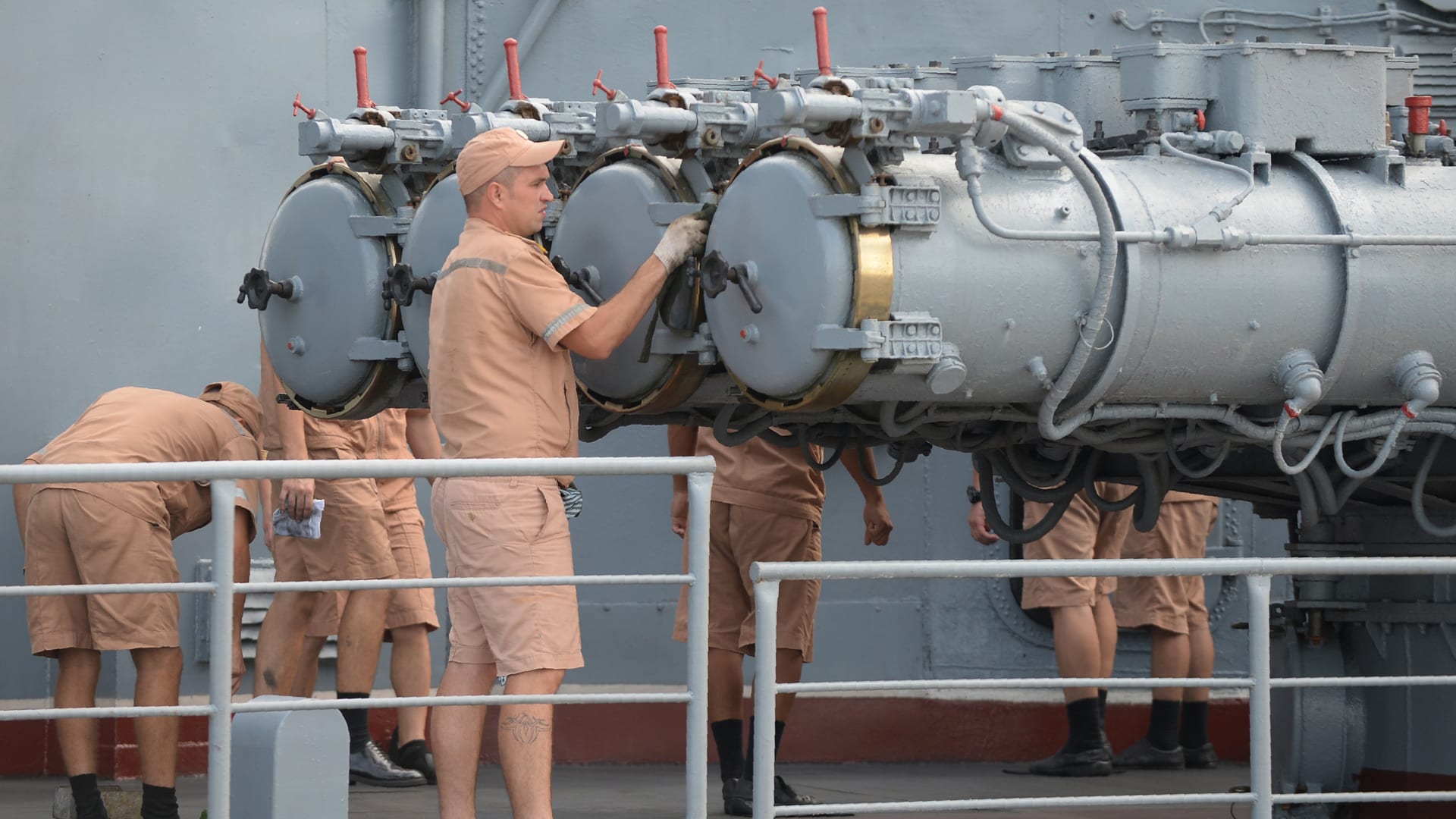تعتبر الطوربيدات من أهم العناصر في الحروب والتي تستخدم ضد الغواصات والسفن، والطوربيد هو صاروخ يعمل تحت الماء ذاتي الدفع، ويتم إطلاقه إما من غواصة أو سفينة أو طائرة ومصمم للانفجار عند ملامسة أسطح السفن أو الغواصات أو حتى بمجرد الاقتراب منها.
ويحتوي الطوربيد الحديث على أجهزة معقدة للتحكم في العمق والاتجاه وفقًا لمسار محدد مسبقًا أو يتلقى إشارات من مصدر خارجي، بالإضافة إلى جهاز يقوم بتفجير الرأس الحربي المملوء بالمتفجرات عندما يضرب هدفه أو يقترب منه.
وتشير كلمة طوربيد في الأصل إلى الشحنة المتفجرة أو اللغم.
وخلال حروب نابليون قام المخترع الأمريكي روبرت فولتون بتجربة لغم بحري وأطلق عليه اسم طوربيد، ويبدو أنه اشتق الاسم من سمكة تطلق شحنة كهربائية لتعطل أعدائها.
وخلال القرن التاسع عشر، استخدمت بعض السفن البحرية طوربيدات، كانت عبارة عن عبوة ناسفة متصلة بنهاية عمود طويل أو صاري، تنفجر بمجرد ملامستها جسم سفينة العدو.
وخضع الطوربيد لتحديثات بواسطة روبرت وايتهيد، وهو مهندس بريطاني، طلبت منه البحرية النمساوية عام 1864، أن يضع فكرة لقارب يحمل مادة متفجرة وذاتية الدفع ويمكن توجيهه من موقع الإطلاق بواسطة خطوط طويلة.
قد يهمك.. تعرف على قدرات صاروخ "كاليبر" الروسي
وبعد بناء نموذج للجهاز، رفض وايتهيد المخطط باعتباره غير عملي وبدأ العمل على فكرة خاصة به، وبحلول عام 1866 تمكن من تصنيع طوربيد ناجح.
أحد نماذج وايتهيد كان يبلغ طوله حوالي 4 أمتار وقطره 36 سنتيمترًا ويزن حوالي 300 رطل، بما في ذلك شحنة من الديناميت بوزن 18 رطلا في مقدمته، في حين كان يتم تشغيله بواسطة محرك يعمل بالهواء المضغوط ولديه مروحة.
كانت سرعته تبلغ 7 أميال في الساعة، ومداه بين 180 الى 640 متراً.
وفي عام 1895، بدأ استخدام جهاز الجيروسكوب للتحكم في الاتجاه، الأمر الذي أدى الى منع حدوث أي انحراف عن المسار المحدد.
وسمحت التعديلات والتحسينات للسفن بإطلاق طوربيدات دون الحاجة إلى تحديد الاتجاه نحو الهدف، مما فتح المجال أمام استخدام تكتيكات متنوعة بشكل كبير في إطلاق الطوربيدات.
يتم تصنيف الطوربيدات الحديثة وفقًا لمصدر القوة الدافعة وطريقة التحكم أثناء التنقل بالمياه ونوع الهدف ونوع مركبة الإطلاق ويتم الدفع عادة بواسطة محركات كهربائية تعمل بالبطارية.
يتم التحكم في حركتها تحت الماء بعدة طرق، وهنالك طوربيدات صوتية نشطة تولد إشارات صوتية مماثلة للسونار وتصل للهدف بناء على صدى الموجات المرتدة عنه.
ويوجد أيضاً طوربيدات صوتية كامنة، تصل هدفها بتتبع الضوضاء الناتجة عنه.
واستخدمت الغواصات الطوربيدات بشكل ناجح، لا سيما في الحربين العالميتين، عندما أغرقت حمولات ضخمة من السفن.
وشهدت الحرب العالمية الثانية أيضًا إدخال طائرات كانت تحمل طوربيدات صاروخية أو صوتية.
وهنالك العديد من أنواع الطوربيدات، مثل الطوربيد العامل بالهواء المضغوط كما ذكرنا سابقاً فهو ذاتي الدفع يستعمل الهواء المضغوط كمصدر طاقة له والطوربيد العامل بالوقود السائل وتلك العاملة بالطاقة الكهربائية وأخرى بالوقود الصلب.

